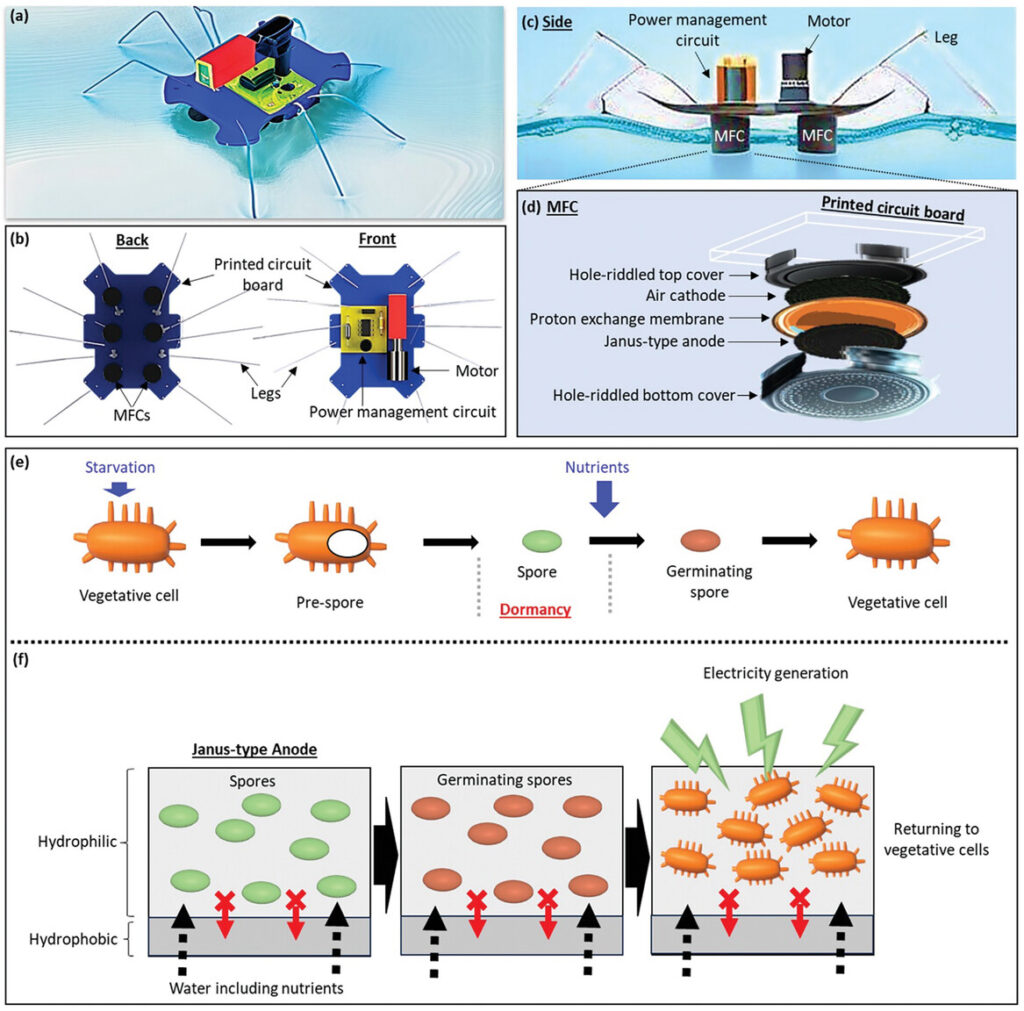Recent advancements in autonomous drone technology have been driven by the goal of developing cost-effective solutions for collision avoidance in unmanned aerial vehicles (UAVs). A study published in Aerospace Science and Technology introduces a novel low-cost vision system designed to address the challenges of reciprocal collision avoidance (RCA) in UAVs, particularly in indoor environments. This system, designed with affordability in mind, not only opens up new possibilities for the widespread adoption of UAV technology but also instills optimism for the future of this field.
The research team, led by Julian Estevez from the Faculty of Engineering of Gipuzkoa, University of the Basque Country, Spain, has developed a vision-based RCA system that utilizes commercial AR Drone 2.0 robots. Estevez explains that their goal was to create a system that could function effectively with low-cost equipment. The system is designed to achieve collision avoidance between two drones flying towards each other, reacting autonomously to signals received by their computer vision systems through a decentralized control strategy. This approach is particularly relevant in scenarios where multiple drones must operate in close proximity, such as urban environments.
The team tested their system under demanding conditions through four different experiments, each demonstrating the robustness and reliability of their RCA algorithm. Estevez notes that the core feature of their approach is the use of onboard cameras to detect the proximity and location of nearby drones. The algorithm processes the video signal in real time using an OpenCV and Python-based system, which then sends commands to the drones to avoid collisions.
Estevez emphasizes the simplicity and affordability of their solution. “Our RCA system does not require drones to exchange information via communication; instead, they rely solely on onboard sensors and cameras,” he states. This method reduces the computational load and enhances the practicality of deploying the system in real-world applications. The researchers have also made the code available online for replication and further research.
The experiments conducted by the team involved setting up scenarios where drones flew towards each other at different angles and speeds. In one experiment, two drones were placed 15 meters apart and programmed to fly toward each other to test the collision avoidance maneuver. The results were not just positive, but they were a testament to the system’s effectiveness, with the drones successfully avoiding collisions by autonomously adjusting their paths. Estevez points out that even under varying velocity rates and different angles of approach, the RCA system proved to be effective, providing reassurance about its reliability.
One notable aspect of this research is the focus on using low-cost equipment. Estevez and his colleagues opted for AR Drone 2.0 robots equipped with low-resolution cameras and simple vision-based algorithms. This choice makes their solution accessible to research groups with limited budgets, enabling broader participation in UAV research and development. What’s more, Estevez highlights that their system can be easily extrapolated to other types of aerial robots, making it a versatile tool for further studies and inspiring the audience with its potential.
In addition to the technical achievements, the researchers also addressed practical challenges such as lighting conditions and signal noise. They tuned their algorithm to handle uncontrolled lighting conditions and ensured that the system remained robust during real-time operation. Estevez acknowledges that while the system performed well in its tests, there are specific situations where high lighting conditions and excessive approach speeds may affect performance. However, these issues do not detract from the overall success of their RCA system, but rather provide areas for further improvement and research.
The team’s work contributes significantly to the field of UAV technology by providing a cost-effective, reliable solution for collision avoidance. Estevez concludes, “Our RCA system demonstrates that it is possible to achieve robust collision avoidance with low-cost equipment, paving the way for more widespread adoption of UAV technology in various applications.”
Future research will focus on enhancing the system’s capabilities, such as improving the onboard processing power of drones and expanding the number of UAVs that can operate simultaneously in a given scenario. The team also plans to explore outdoor applications and address challenges such as wind disturbances and more complex environmental conditions. With these advancements, the vision-based RCA system developed by Estevez and his colleagues holds promise for safer and more efficient UAV operations in diverse settings.
For more details, please look into the article.



